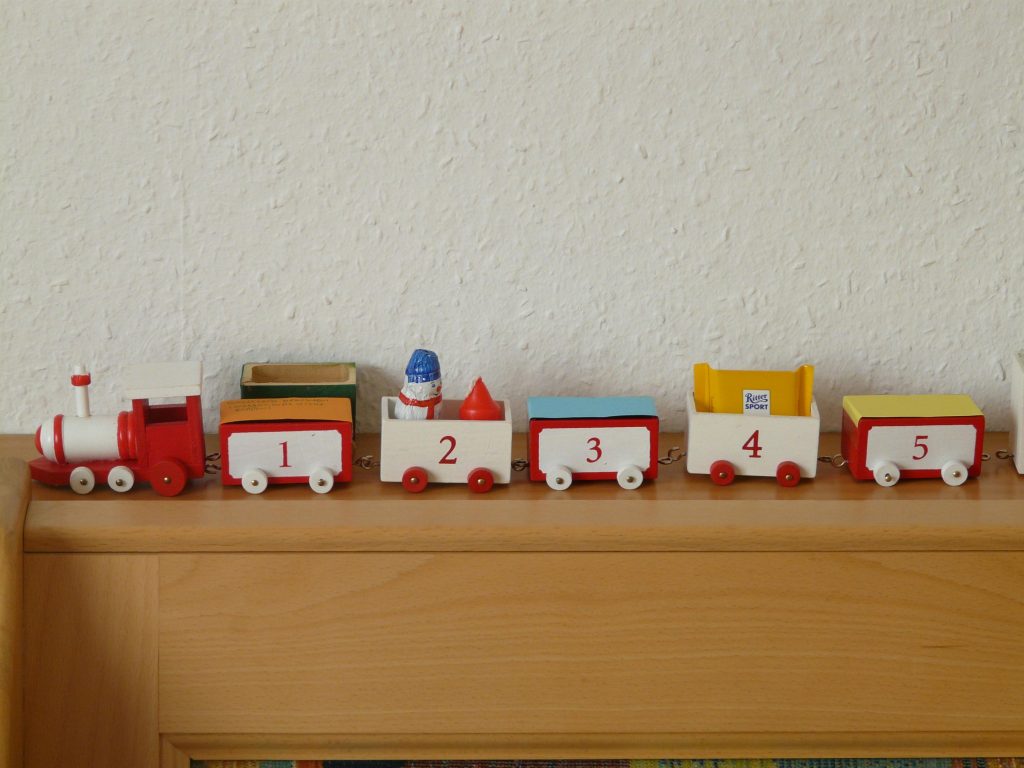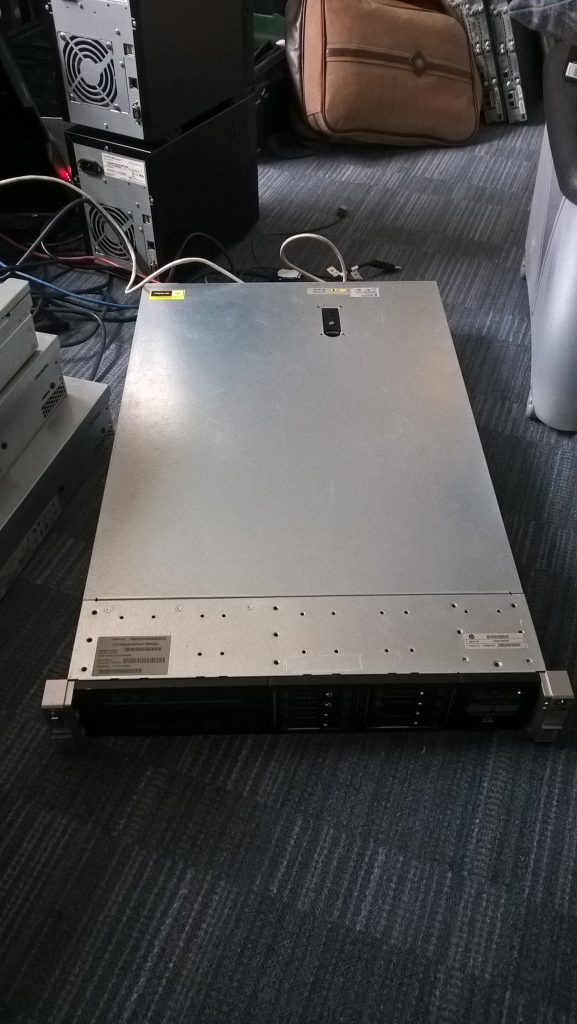Troubleshooting a Non-Responsive PC: How to Diagnose and Fix Common Issues
Building your own PC or managing one that someone else has assembled can be an empowering and rewarding experience. However, it also comes with a host of challenges and technical hurdles. Nothing is more frustrating for a computer user than staring at a blank monitor, especially when the computer components appear to be functioning properly. This blog post aims to provide a comprehensive guide on diagnosing and potentially fixing a non-responsive PC using real-life scenarios and solutions to each problem.
Understanding the Initial Issue
In this scenario, your computer seems to have unexpectedly stopped working, and initially, this might appear catastrophic. The problem initially presented itself when you attempted to wake your PC, and the monitors displayed no signal. Upon rebooting, you could only access the UEFI interface, with no bootable devices detected, despite both SSDs appearing in the storage section.
The Problem: No Bootable Devices
What Could Have Happened?
There are several potential reasons for this particular problem:
-
Corrupted Boot Partition: If the system suddenly powers off or crashes, there might be damage to the boot partition on your drive. This could explain why your PC went directly to the UEFI settings.
-
BIOS/UEFI Settings: Changes in BIOS/UEFI settings could inadvertently cause boot issues. For instance, the system drive’s boot priority might have been altered.
-
SSD Failure: Although both drives were detected, this doesn’t mean they are operational. There might be issues that need addressing through diagnostics.
Diagnosing the Issue
-
Check for BIOS/UEFI Updates: Ensure your BIOS/UEFI is up to date, as sometimes compatibility issues with new hardware components or other updates can affect boot capabilities.
-
Examine Boot Order: In the UEFI settings, ensure your primary SSD (the one with the operating system) is set as the first boot device.
-
Run Diagnostic Tools: Utilize utilities like CHKDSK or third-party tools for scanning SSD health, recover partitions, and check the integrity of boot sectors.
Replacement and Reassembly Challenges
After deciding to replace your primary SSD, you encountered several challenges due to tight component configurations and physical limitations that required assistance. This highlights some important considerations when working on PC hardware.
The Issues with Physical Replacement
Overcoming Hardware Obstacles
-
Component Layout: When designing and building PCs, consider component layout for easy access. Placing an SSD beneath a large GPU cooled by large fans was suboptimal and made future maintenance difficult.
-
Necessary Tools: Having the right tools for your workstation, such as long-handled screwdrivers or component lifters, can simplify the process of accessing hard-to-reach parts.
-
Static Electricity Precautions: Always use anti-static wristbands or mats to prevent static discharge, which can damage sensitive components like SSDs or GPUs.
Lessons Learned During Reassembly
-
Proper Documentation: Keeping manuals or guides on hand can help you disassemble and reassemble components correctly.
-
Compatibility Checks: Before installing new components, ensure they are compatible with your motherboard and other installed hardware.
-
Trial and Error: It’s okay to make mistakes during troubleshooting. If your attempt to resolve one issue doesn’t work, carefully undo the changes before trying another solution.
Post-Replacement Issues and Additional Troubleshooting
Even after replacing the SSD, the issues persisted. At this point, it’s important to explore additional areas where the problem might reside.
Delving Deeper into Potential Causes
GPU and Display Issues
-
Check GPU Connections: Because you initially couldn’t reach the GPU, double-check it is seated properly on the motherboard and that all power connectors are secure to ensure it’s functioning correctly.
-
Alternate Display Options: When you used integrated graphics and connected to the motherboard’s HDMI, also verify the BIOS settings to ensure integrated graphics are enabled.
-
Test with Different Monitors/Cables: To rule out display and cable issues, test with different cables and monitors to ensure they are not the root of the problem. Diagnostic LEDs or beeps on the motherboard can indicate GPU-related issues if present.
Other Potential Issues
-
Motherboard Checks: If the GPU isn’t the issue, inspect the motherboard. Check for blown capacitors or any visible damage.
-
Memory Issues: Faulty RAM or incorrectly inserted memory modules can lead to similar symptoms. Reseat RAM modules or test with known working ones.
-
Power Supply Examination: An unstable power supply could be insufficient to run components properly. Use a multimeter to verify voltage outputs or test with an alternative power supply if possible.
When to Seek Help or Consider Rebuilding
After exhausting the above methods without resolving the issue, you might consider professional assistance or even rebuilding the PC.
Seeking Professional Help
Sometimes, getting a trained technician’s viewpoint can save time and ensure that the underlying issue is identified correctly and resolved promptly.
Rebuilding a PC
Fresh Start Benefits
-
Up-to-Date Components: Rebuilding allows for upgrading to newer components that increase system performance or longevity.
-
Clean Installation: A fresh operating system installation can eliminate software conflicts or corruption caused by the older system.
-
Optimization: Choose components that are known to provide compatibility and performance, rectifying previous build challenges.
Recycling Parts
When planning a rebuild, consider reusing functional parts (such as RAM, GPU, casing, etc.) to manage costs and maintain familiar performance standards.
Through careful examination, measured application of fixes, and leveraging available resources, you can address and potentially resolve most PC issues. While confronting hardware issues can feel daunting, understanding these systems instills a sense of competence and control, allowing technology to serve you effectively in both work and leisure. By applying this structured diagnostic and repair approach, you can breathe new life into your computer or ensure your next build avoids similar pitfalls.
Share this content:




Response to “How doomed is my PC? Any fix I can try?”
Your post outlines a common predicament that many PC users face: dealing with a non-responsive system. The detailed analysis you’ve provided is a great starting point for diagnosing and resolving the issue. Here are some additional insights and steps you might consider:
Advanced Diagnostic Techniques
Reset BIOS/UEFI Settings: If adjusting boot priorities didn’t resolve the issue, try resetting the BIOS/UEFI to its default settings. There could be a configuration change causing the non-booting scenario.
Boot from Recovery Media: Create a bootable USB drive with recovery tools that can help repair boot partition issues, like Windows Recovery or Linux live distribution.
Inspect Cables and Connections: Beyond checking power connections to the GPU, ensure that all SATA and power cables are securely connected to the SSD. Sometimes, a simple reseat can rectify unseen issues.
Monitoring System Health
Consider using tools like HWMonitor or Speccy to keep an eye on temperatures and voltages. Overheating or voltage irregularities from the PSU can create instability, potentially leading to the
Hello, thank you for sharing such a detailed overview of your troubleshooting process. Based on what you’ve described, here are some targeted suggestions that might help you resolve your PC issues: